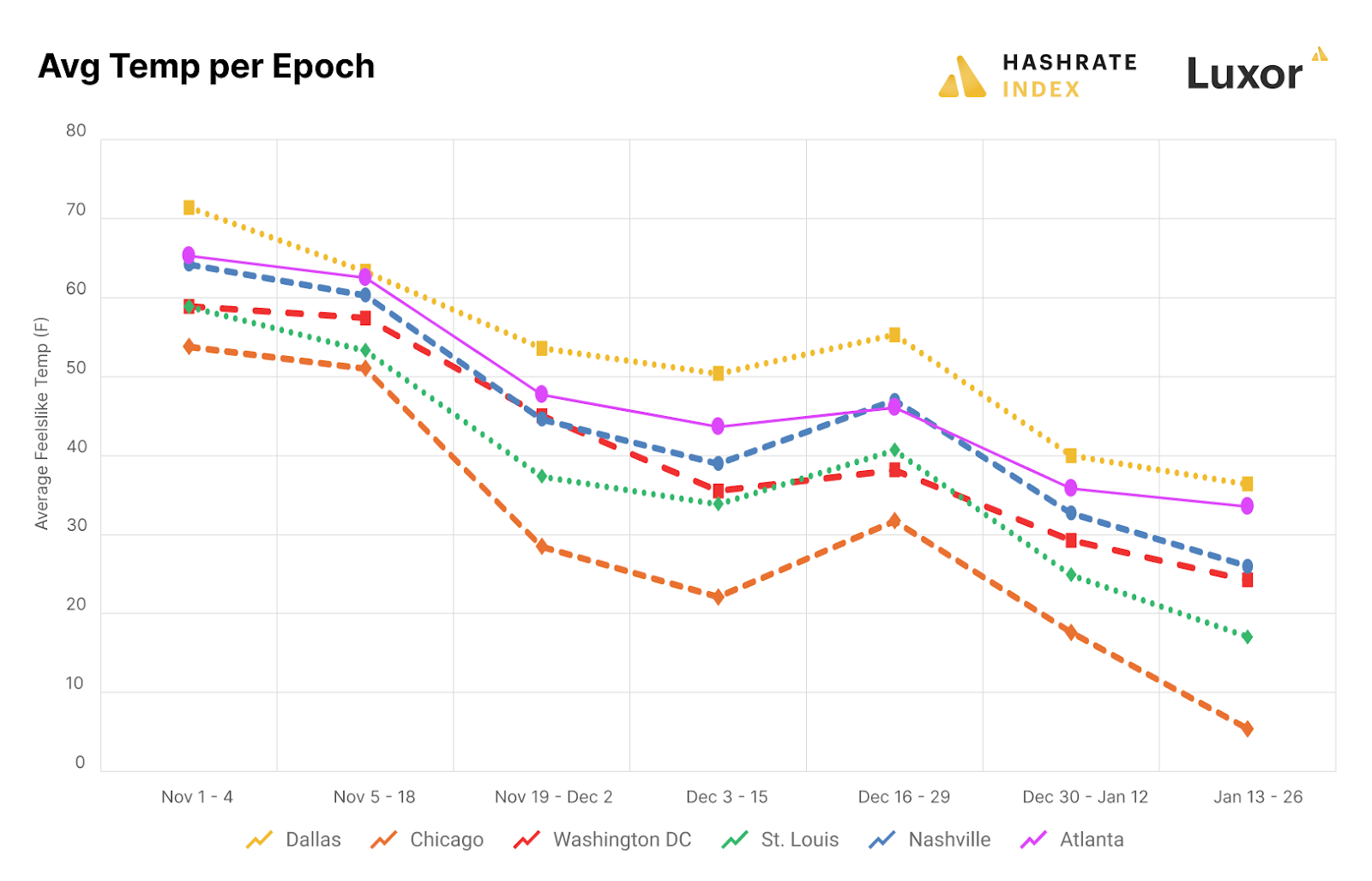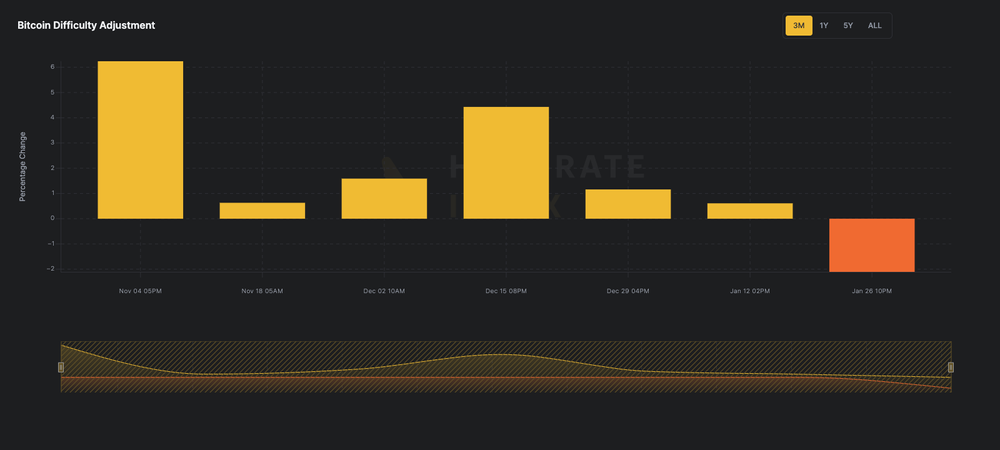January is typically the coldest month in the United States, but the start of 2025 brought an especially severe Arctic blast.
States like Texas, known for their mild winters, suddenly faced freezing temperatures that dropped as low as 11°C. While most people sought warmth indoors, the sudden chill had an unexpected impact – Bitcoin mining, a key industry in the US, was hit hard. But how?
Let’s dive in and explore the effects of this cold snap on the Bitcoin mining world.
Texas Faces the Worst
The United States is a major player in global Bitcoin mining, accounting for at least 36% of the market. Texas alone handles over 17% of the country’s mining activity, making it one of the biggest hubs in the world. So when the Arctic blast hit, it severely impacted one of the most important mining regions.
On January 22, temperatures in Texas dropped to 0°C, causing widespread disruption.
How Cold Weather Disrupts BTC Mining
During winter, most US households rely heavily on electric heating, which drives up electricity demand. This leads to higher energy costs, putting added pressure on industries like Bitcoin mining that depend on affordable, continuous power.
The situation worsens when winter storms interfere with renewable energy sources like wind and solar power. This forces the country to lean on natural gas, which is notorious for its price volatility. With higher demand and limited supply, natural gas prices surged in January, pushing electricity prices even higher.
As a result, Bitcoin mining became less profitable.
Miners Shut Down Operations


As electricity prices rose, mining became less economically viable. Reports show that miners in Texas, the East, and Southeast faced more hours of unprofitable mining in January. The Bitcoin Difficulty Adjustment chart indicates that many miners had to temporarily shut down operations due to the high energy costs.


The chart also showed a significant event: on January 26, 2025, the Bitcoin market experienced its first negative difficulty adjustment in four months, largely caused by the cold snap and its effects on mining operations.
What’s Next for Bitcoin Mining in Texas?
Experts believe that once the weather in mining-friendly regions like Texas returns to normal, the situation will improve. Texas is known for its hot summers and mild winters, typically experiencing a predictable seasonal cycle—Spring (March-May), Summer (June-August), Fall (September-November), and Winter (December-February).
However, the January 2025 Arctic blast revealed a key weakness: Bitcoin mining’s vulnerability to extreme weather.
As temperatures rise and weather conditions stabilize, mining operations are expected to recover. However, this event highlights the need for miners to closely monitor both energy costs and weather risks.
Never Miss a Beat in the Crypto World!
Stay ahead with breaking news, expert analysis, and real-time updates on the latest trends in Bitcoin, altcoins, DeFi, NFTs, and more.
FAQs
Crypto mining involves solving complex puzzles on a blockchain to authenticate transactions and earn cryptocurrency rewards.
Profitability depends on hardware costs, electricity, crypto prices, and network difficulty. Use mining calculators to estimate earnings.
Challenges include high electricity costs, hardware expenses, heat/noise, competition from large farms, and regulatory issues.




